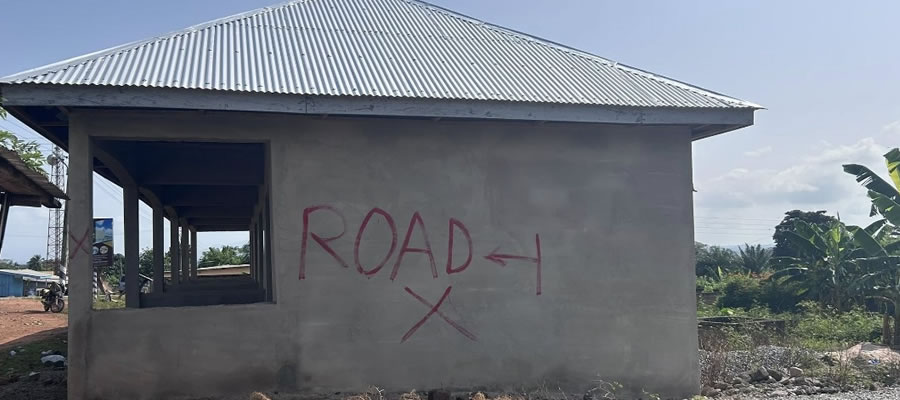

Population Size and Growth Rates
The population size, structure and distribution of Ho West District provided by 2010 PHC shows a total population of the District as 94,600.This is made up of 45,361 males (48%) and 49,239 females(52 %).
Majority (89.1%) of the population in the District lives in the rural areas compared to 10.9 percent in the urban areas. This means that the District is mostly rural with its attendant socio- economic challenges of providing for the people basic social amenities such as potable water, good schools and good health facilities among other.
The District population structure has a broad base of the younger population and a narrow apex of the older population. With increasing age, the age-sex structure looks slightly thinner for the males than for the females, indicating that at older ages, the proportion of males is lower than that of females.
There are more males than females for the age groups 0-19 years. Larger proportion of the population in the District are found in 0-19 years indicating that the population in the District has the potential to grow for a considerable number of years.
The District dependency ratio is quite higher at about 82 dependents (child and old age) for every 100 people working. The dependency ratio for the urban localities is lower (76.3) compare to that of the rural areas (82.6).
This has implications for the economic development of the District. Social infrastructure such as education and health care facilities need to be provided for the human resource development of the District.
(2010 Population and Housing, Ghana Statistical Service).
Settlement Systems
The District has about 152 communities with various hierarchies.
The 20 largest communities are; Tsito, Kpedze, Anyirawase, Dededo, Dzolo Gbogame, Abuatia- Kloe, Abuatia-Teti, Avenui, Vane,Ashanti-Kpoeta, Tsibu,AbutiaKissiflui,Anfoeta-Agorkpo, Saviefe-Gbogame,Tsawoenu,Amedzofe, Saviefe-Gbogame, Dzolo Kpuita, Dzogbefeme.
Educational facilities of various levels are distributed across almost all the communities. Health facilities of various categories are located in 20 communities. There are 6 Police Stations in the District with the Head Quarters in Anyirawase
Date Created : 11/20/2017 6:36:41 AM












 facebook
facebook
 twitter
twitter
 Youtube
Youtube
 +233 593 831 280
+233 593 831 280 0800 430 430
0800 430 430 GPS: GE-231-4383
GPS: GE-231-4383 info@ghanadistricts.com
info@ghanadistricts.com Box GP1044, Accra, Ghana
Box GP1044, Accra, Ghana